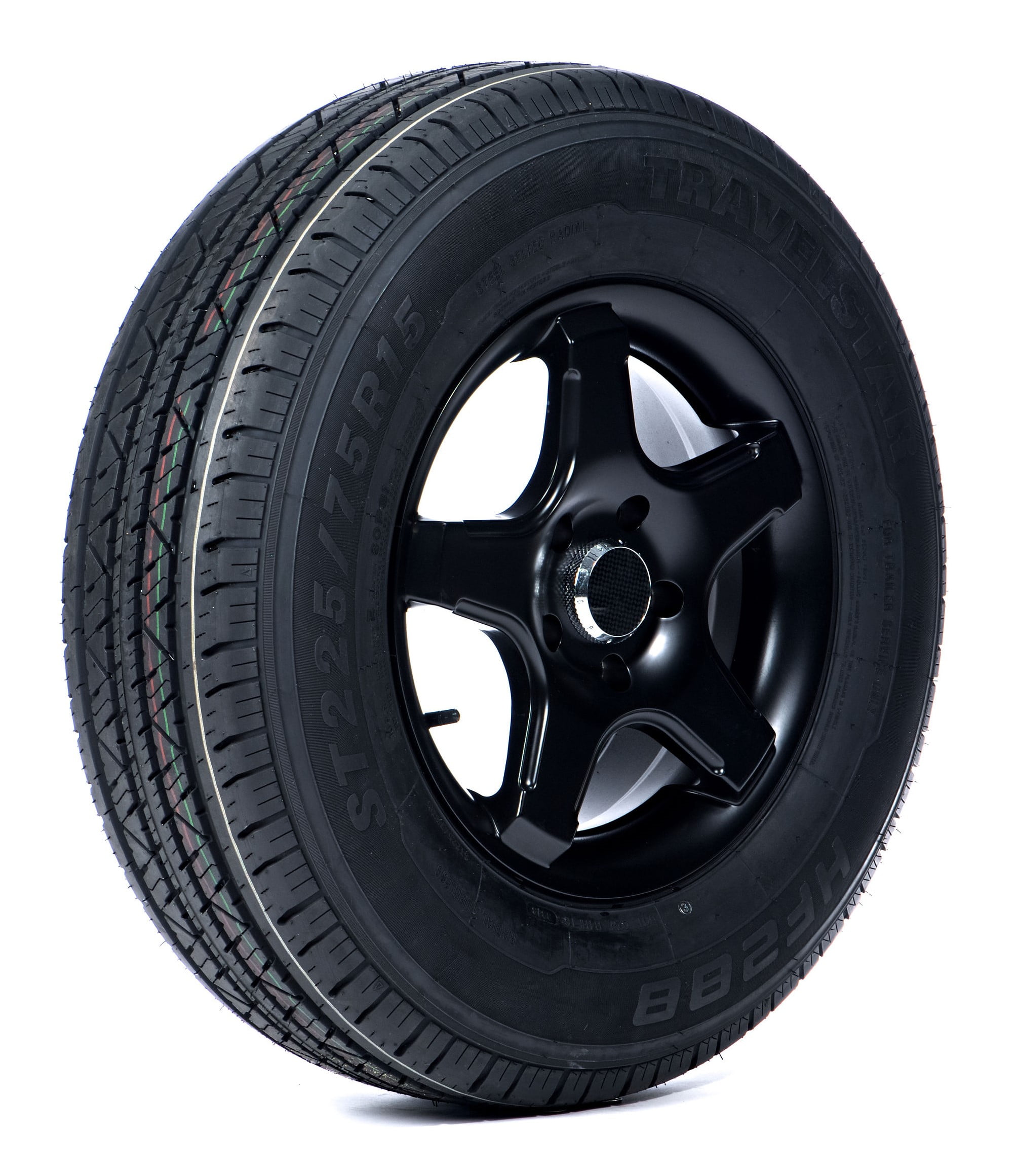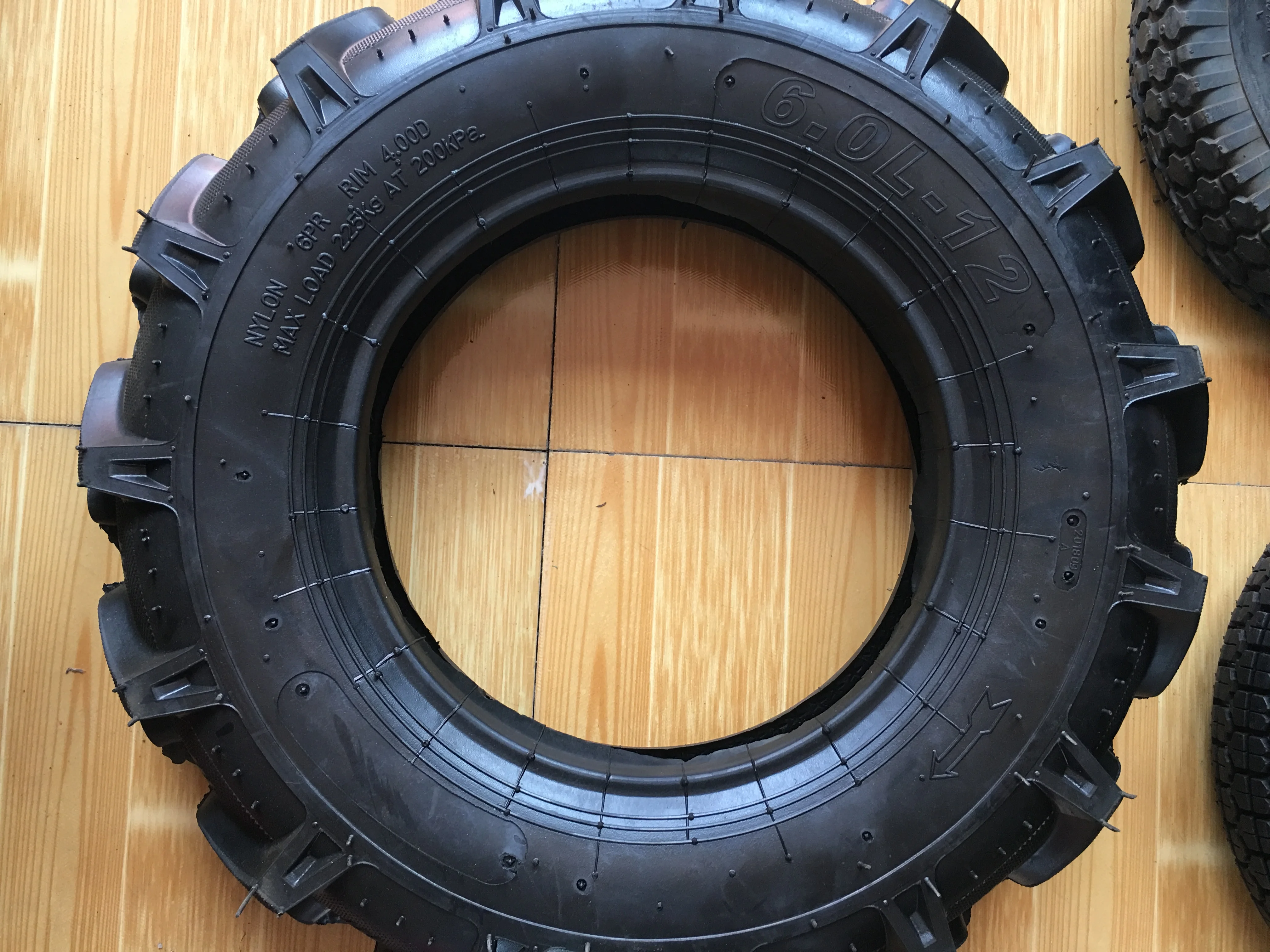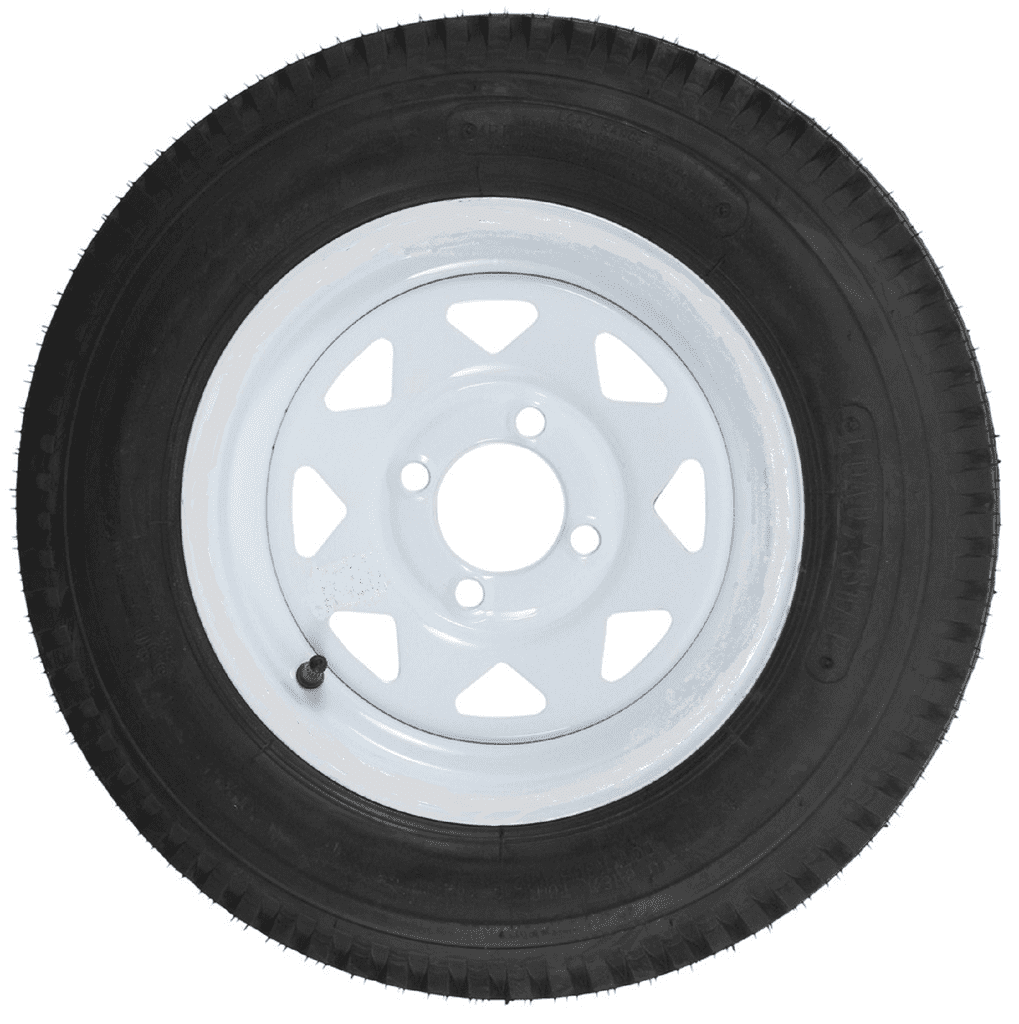
Between 19, over 15,000 people died in the US as a result of accidents involving trailers towed by passenger vehicles.These incidents are more common than you might think, as the following statistics, compiled by the communications firm, Beckett, demonstrate: These simple steps will help to prevent any trailer-related accidents. Before any journey, walk all the way around your trailer to visually double-check everything is in safe working order.Whatever you’re towing, be sure to distribute the weight evenly across the trailer.Check that all the lights on your trailer are in good working order on a regular basis.Ensure the lug nuts on your trailer are always tightened to the correct torque.Regularly grease the bearings on your trailer.

Be sure to regularly check the tire tread depth, as mentioned earlier.Keep tire pressure at the manufacturer’s recommendations and check it regularly.Be sure to rotate your tires every 5,000 to 7,000 miles – this helps to ensure even tread wear, which leads to better overall handling.The following trailer safety tips should help keep your travels running smoothly: With any kind of journey, safety should be a top priority, and towing is no different. Below we outline some top tips for keeping your trailer tires in the best possible condition: Air Pressure Tire maintenance is vital if you want to haul safely and effectively, especially since they tend to wear out much faster than the tires on passenger vehicles because of the weight they bear even when stationary. Bias Ply tires often run straighter than Radial tires.Bias Ply tires tend to be less expensive than Radial tires.Bias Ply tires tend to have stronger sidewalls than their Radial counterparts.In Bias Ply tires, an inner layer of cross-hatched nylon and steel cords sit at a 30 to 45-degree angle from the tread center line.Radial tires have less rolling resistance, meaning better fuel economy.The steel belts in Radial tires make for a tougher construction overall.The tread on Radial tires tends to last longer.Radial tires run cooler than their Bias Ply counterparts.In Radial Tires, an inner steel belt layer runs at a 90-degree angle from the tread center line.Below are a few key features of each tire construction, so you can make the appropriate choice for your trailer: Radial Tires Each type of tire has its benefits, but today Radial tires tend to be the norm.

The difference between these two types of tire lies in the way the cord inside them is positioned. One of the main decisions you’ll need to make when choosing any tire – from travel trailer tires to passenger car tires – is whether to choose Bias Ply or Radial construction. Which type of tire you need will depend upon what you plan on towing, but generally speaking, a higher letter rating indicates a tough, high-quality tire. Tires which fall into the B load range category can handle the least weight, while tires in the F category can handle the most. In the examples above, the upper weight limit for each tire has been noted, but trailer tire load range is more commonly expressed as a letter from B to F. Load RatingĮach trailer tire can only bear so much weight.

This will need to match the size of the wheel, and adequately support the trailer. When checking compatibility, your main concern should be the size of the tire.

#Trailer tires manual
Each trailer should come with an owner’s manual where this information can be found – otherwise, you should be able to get a recommendation online or from your local mechanic. When purchasing trailer tires or wheel rims, the first thing you should check is whether the components you have in mind are compatible with your trailer.


 0 kommentar(er)
0 kommentar(er)
